Hilo, Hawaii
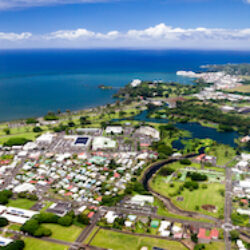
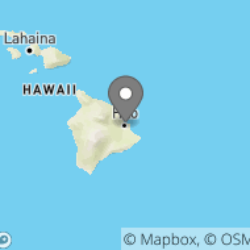
What It Is Like to Retire in Hilo
Hilo, the second largest city in Hawaii, is one of the most interesting places to retire in the U.S. It is located on the eastern coast of Hawaii (the “Big Island”), and near Mauna Loa, one of the active volcanoes in Hawaii. Volcanoes National Park, the climate, the scenery, and the lifestyle are all superb. The Hilo area offers unparalleled recreational and scenic opportunities in an ideal year round climate. It is the largest city on the Big Island with over 43,000 people.
Hilo is an old city formed because of its beautiful harbor on the slopes of Mauna Kea. Early missionaries from Connecticut were instrumental in its creation, and then sugar took over. The downtown is charming with unique architecture dating from the early 1900’s. An enormous park runs along the water’s edge. Interesting shops and restaurants reveal its early heritage, including the Japanese influence. As almost everywhere in Hawaii, as soon as one moves away from the waterfront the terrain goes up – to rivers, waterfalls, and stunning tropical forests. Hilo is the rainiest city in the U.S., which tends to come at night. Winding roads follow the coast and reveal beautiful homes and beaches.
A popular tourist destination, Hilo remains an enchanting colonial town with real neighborhoods. It is very different from the rest of Hawaii – some say it is Honolulu before the jets arrived. People come for the beauty of its terrain, quiet lifestyle, and outdoor sports. Many people use it as a retirement community for part of the year.
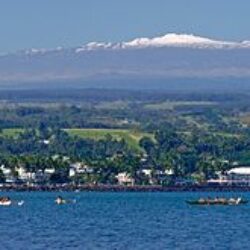
Where to Retire in Hilo and Home Prices
Retirees can live in town or in developments nearby. Most development is near the water on flat land. Hilo real estate can be surprisingly affordable for Hawaii. Zillow.com showed the median home value was $504,400 in 2024, with many homes going over $1 million. The farther one gets from the center of town or a beach, the more reasonable the price.
What Is Special about Hilo
• The Mauna Kea Astronomy Education Center • Annual Merrie Monarch Festival • Tsunami Museum Center •University of Hawaii at Hilo
What Is Not Special about Hilo
Hilo is way off the beaten track and far from the Lower 48. Outside of town towards the National Park there are some areas where drug growers make the area a scary place. Hilo is the rainiest place in the U.S. There were several tsunamis in the 20th century that killed hundreds of people.
Who Will Like Retirement in Hilo
Hilo attracts a community of retirees who want to live in a unique environment by the sea, and who like the small town, international feel.
Use this link to find a list of retirement communities by state
Local Economy Is Driven by
Tourism, agriculture, retail, services, government, education, and real estate are important to the economy.
Climate and Physical Environment
Hilo is on the coast of Hawaii, the biggest island in the 50th state. The town goes from the graceful harbor up the slopes of Mona Kea, following a river and waterfalls that are in the city limits. There have been several tsunamis in the 20th century that killed hundreds of people.
Restaurants & Cultural Scene
The downtown found a new role in the 1980s as the city's cultural center with several galleries and museums being opened. The Palace Theatre was reopened in 1998 as an art house. The University of Hawaii has a campus here. The East Hawaii Cultural Center focuses on preserving traditional island art. There is also the interesting Tsunami Museum, as well as a very large and active farmers market. Hilo is home to the Imiloa Astronomy Center of Hawaii, as well as the Merrie Monarch Festival, a week-long celebration of ancient and modern hula which takes place annually after Easter.
Crime
Crime is below average in Hilo.
Medical facilities
Hilo Medical Center
Transportation
Hilo International Airport is 4 miles from town.
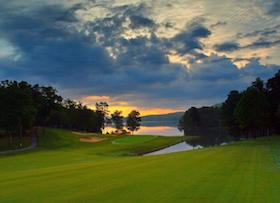
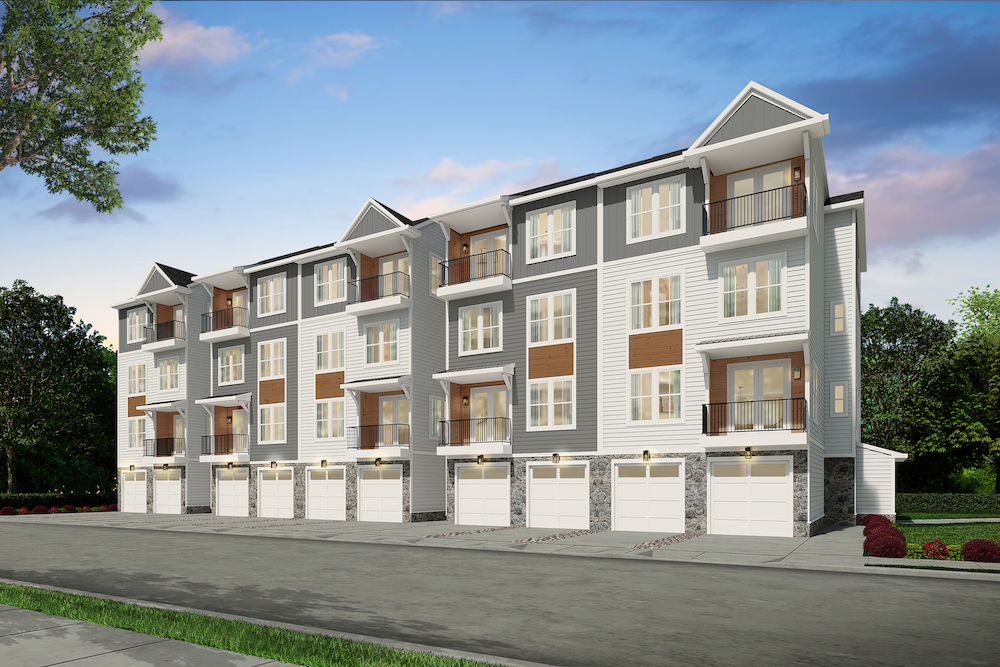
Comments on "Hilo"